After more or less finishing my ESP-based Altair emulator, it occurred to me that it might be possible to write an 8008 emulator, using only the RAM available in an ESP8266. So, I did it. I took the opportunity to make the electronics and the housing smaller. This uses the lowly ESP-01, and has an activity light for serial/Telnet communication connected to GPIO2. The code works, but isn't pretty; I plan on getting some other 8008-based software working on it. The size is 1- 1/8" x 2-1/4" x 1-5/8", in a stained walnut case (1/8") with a deep red plexi lens front. Power is provided by a USB mini wall wart; the jack leads to a DB-9 cable.
I don't really have woodworking tools to do something this small and delicate, but fortunately I did not lose any fingers while making the case.
There is virtually nothing to the hardware; basically, an ESP-01 leading to a China-sourced RS-232 level converter. A 1117 provides the 3.3 VDC.
OTA is included, but won't work unless you have an ESP-01S or a package with at least 1M flash. But even with the bottom-dollar original ESP-01, FTP works. You will have to adjust the SPIFFS size accordingly.
The source provided runs SCELBAL, GALAXY, Shooting Stars, Mike Willegal's mini-monitor (good for it's size), and the Microsystems International Limited monitor (which is very good, period). Modifications were made for byte I/O and other issues (such as caps-only or 8th bit set).
Why I did this, I don't really know. It did seem to be a challenge.
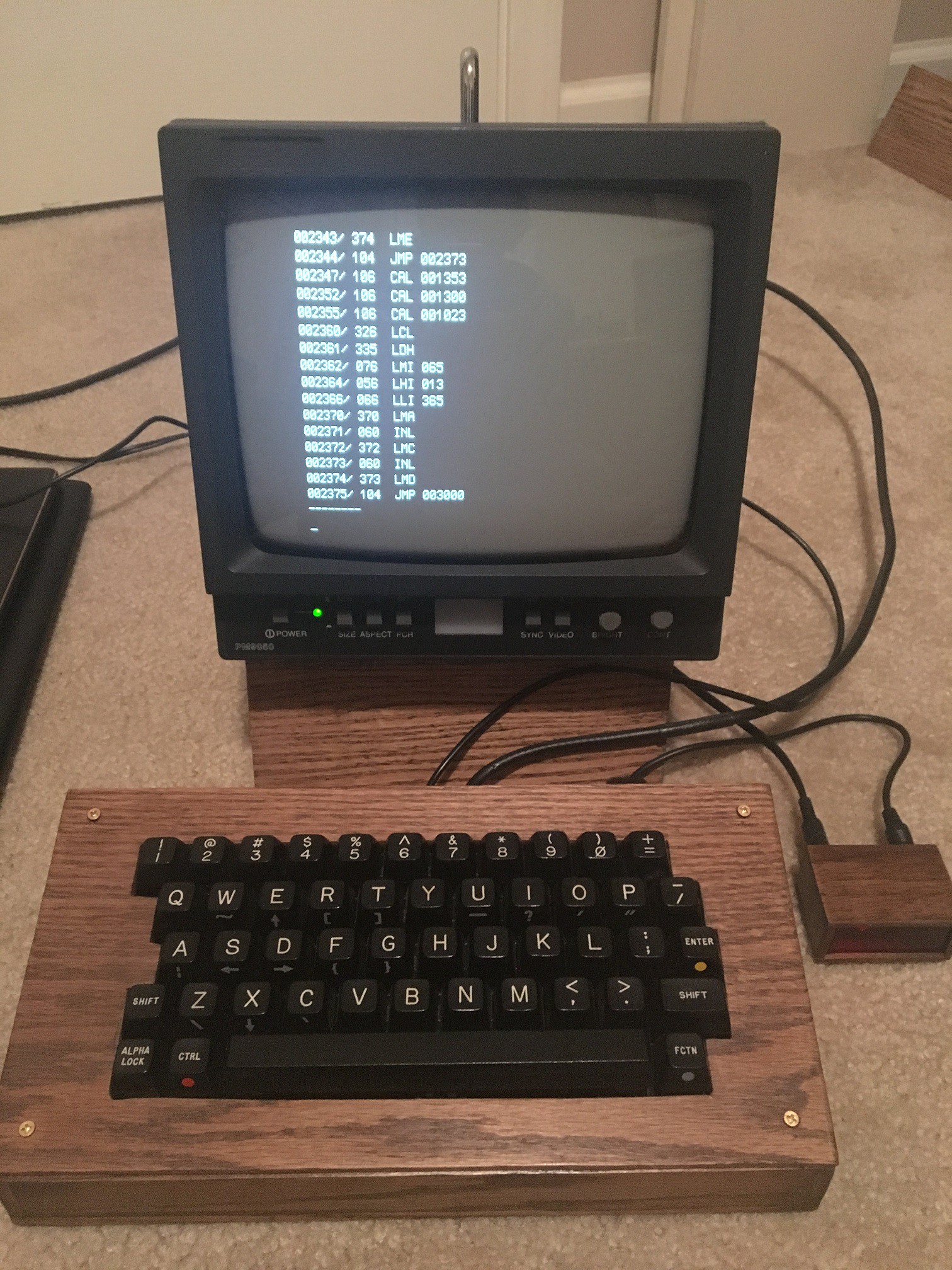
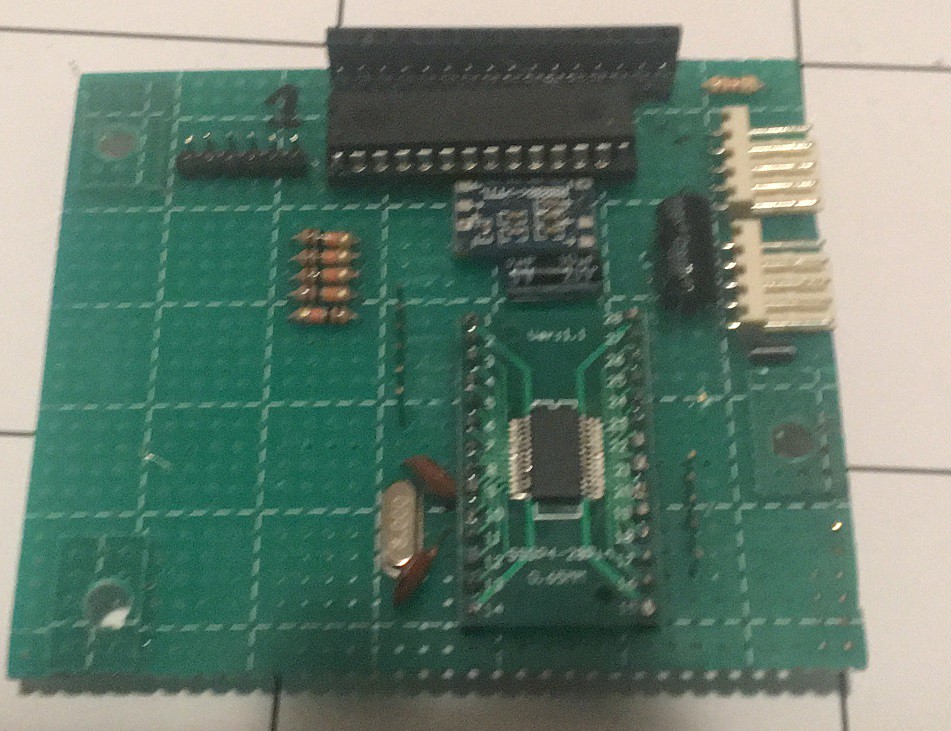
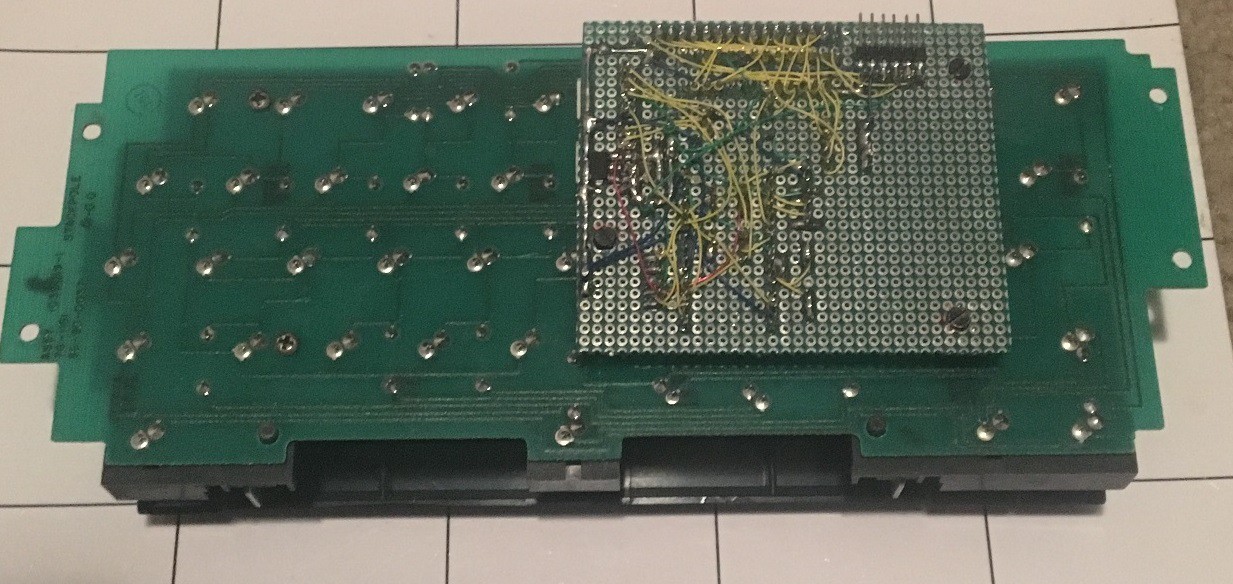


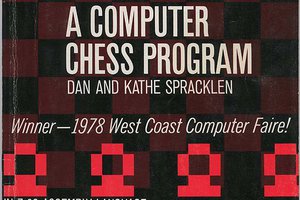
 davidadkins1
davidadkins1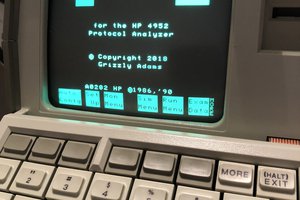
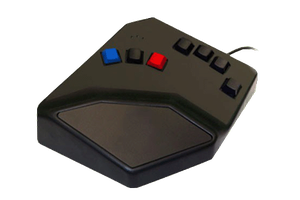
 Big Boy Pete
Big Boy Pete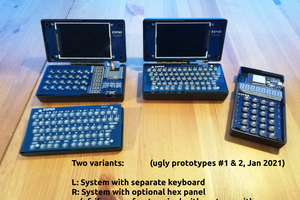
This project uses the ESP-01(s), which was the very first "demo" board of the ESP8266, now not as common as the ESP-12's in metal shielded packages. It has limited I/O but was easy for me to prototype with. I generally don't buy pre-assembled breakout boards because I program with USB to serial/RS-232 cables/converters; I don't have a reason to pay for/leave a USB interface on each project I build (this works out cheaper). And, I'm just a caveman.
With that being said, there is absolutely no reason you couldn't load the firmware/files in this project on just about any "storebought" ESP8266 based breakout board with a USB interface on it and have it work with no "building" of anything at all.